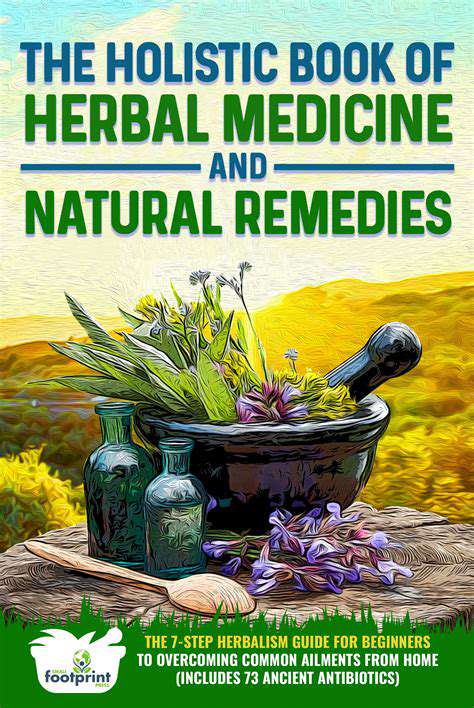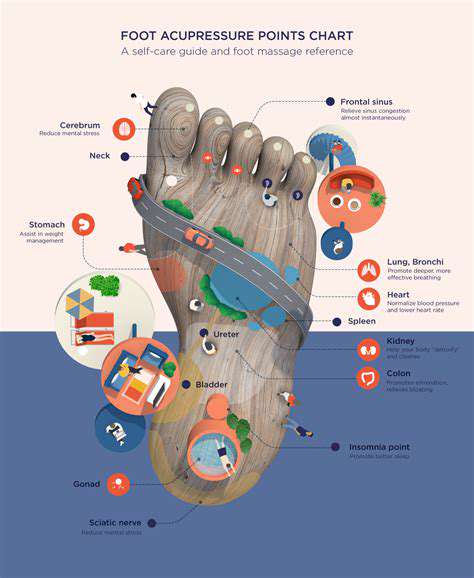Tai Chi for Balance and Coordination
The Mechanics of Tai Chi and Balance
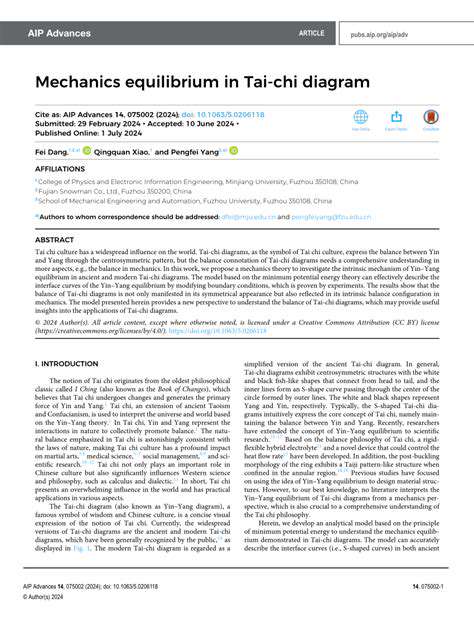
Understanding the Foundations of Tai Chi
Tai Chi Chuan, a centuries-old Chinese martial art, is more than just a set of physical movements. It's a profound practice that integrates physical postures, breathing techniques, and mindfulness. Understanding the foundations of Tai Chi is crucial to achieving its full benefits, which extend beyond physical well-being to encompass mental clarity and emotional balance.
The core principles of Tai Chi emphasize softness, yielding, and continuous, flowing movements. These principles are not merely physical techniques but represent a philosophy of living in harmony with oneself and the universe.
The Role of Balance in Tai Chi
Balance is fundamental to Tai Chi. It's not just about maintaining equilibrium while standing still, but also about maintaining a steady center of gravity during dynamic movements. This dynamic balance is essential for executing Tai Chi forms with grace and efficiency.
Mastering balance in Tai Chi requires a keen awareness of your body's position and the subtle shifts in weight distribution needed for each movement. This awareness is cultivated through consistent practice and a deep understanding of the underlying principles.
The Significance of Posture in Tai Chi
Posture in Tai Chi is not just about standing straight; it's about maintaining a centered and grounded stance that allows for effortless movement. Correct posture in Tai Chi ensures that energy flows freely throughout the body, enabling the practitioner to perform movements with greater ease and power.
A strong, yet relaxed posture is key to effective Tai Chi practice. This is achieved through aligning the body's joints and engaging the core muscles, creating a stable foundation for all movements.
The Importance of Breathing in Tai Chi
Breathing plays a vital role in Tai Chi practice. It's not just about inhaling and exhaling; it's about consciously coordinating your breath with your movements. Proper breathing enhances energy flow and promotes relaxation, allowing for greater concentration and focus.
A slow, deep, and controlled breathing pattern allows for better coordination and creates a sense of calm during practice. This mindful breathing technique is essential to integrating the physical and mental aspects of Tai Chi.
The Concept of Internal Energy (Qi) in Tai Chi
Central to Tai Chi is the concept of Qi, often translated as internal energy or vital energy. Tai Chi practitioners aim to cultivate and circulate Qi throughout the body, fostering a sense of well-being and harmony. Cultivating this internal energy is crucial to the effectiveness and benefits of Tai Chi practice.
The Flowing Movements of Tai Chi
The movements of Tai Chi are characterized by their flowing, continuous nature. These movements are not abrupt or jerky; they are deliberate and smooth, like water flowing over rocks. This characteristic of Tai Chi is essential for developing a sense of calm and focus.
The smooth transitions between movements are critical to the practice's efficiency. These flowing movements allow for a greater release of tension and a deeper connection with the body.
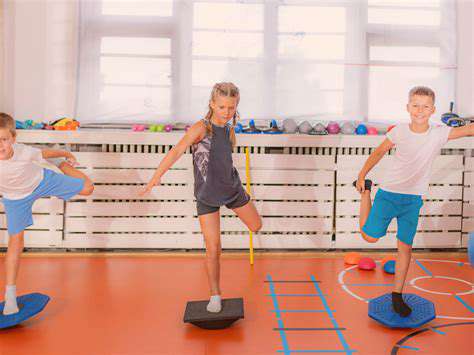
Tai Chi for All Ages and Abilities
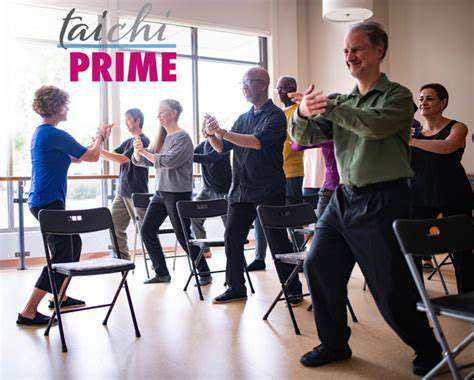
Benefits for Seniors
Tai Chi, a gentle form of exercise, offers numerous advantages for seniors. It can significantly improve balance and coordination, reducing the risk of falls, a common concern for older adults. This improved stability translates to greater confidence in daily activities, allowing seniors to move about with greater ease and independence. Furthermore, the mindful movements of Tai Chi promote relaxation and stress reduction, contributing to overall well-being and a calmer mental state. Regular practice can also help enhance flexibility and range of motion, which are often compromised with age.
The low-impact nature of Tai Chi makes it suitable for seniors with various physical limitations. It's an excellent way to build strength and endurance without putting excessive strain on joints. This gentle approach allows seniors to participate safely, regardless of their current physical condition, making it a highly accessible and beneficial exercise for this demographic.
Adaptability for Different Abilities
One of the remarkable features of Tai Chi is its adaptability. It can be modified to accommodate a wide range of abilities, making it accessible to individuals with varying physical limitations. Whether you're dealing with arthritis, osteoporosis, or other conditions, modifications can be made to the postures and movements, ensuring a safe and effective practice. This individualized approach allows participants to progress at their own pace, tailoring the intensity and complexity to their specific needs.
Modifications can also include the use of assistive devices, such as canes or walkers, to provide extra support and stability. This ensures that individuals with mobility issues can still benefit from the numerous health advantages that Tai Chi provides. Furthermore, Tai Chi can be practiced indoors or outdoors, allowing for flexibility in scheduling and environmental considerations.
Promoting Wellness Across the Lifespan
The principles of Tai Chi extend beyond physical benefits. It promotes mental clarity and emotional well-being, fostering a sense of calm and focus. This mindfulness-based practice encourages concentration and awareness, which can be invaluable in managing stress and anxiety. The meditative aspects of Tai Chi help to quiet the mind and cultivate inner peace.
Tai Chi is not just for the elderly; it's a practice that can benefit people of all ages. From children learning focus and coordination to adults seeking stress relief and improved physical fitness, Tai Chi offers a versatile and effective approach to wellness. It's a holistic practice that promotes a balanced approach to health and well-being.






